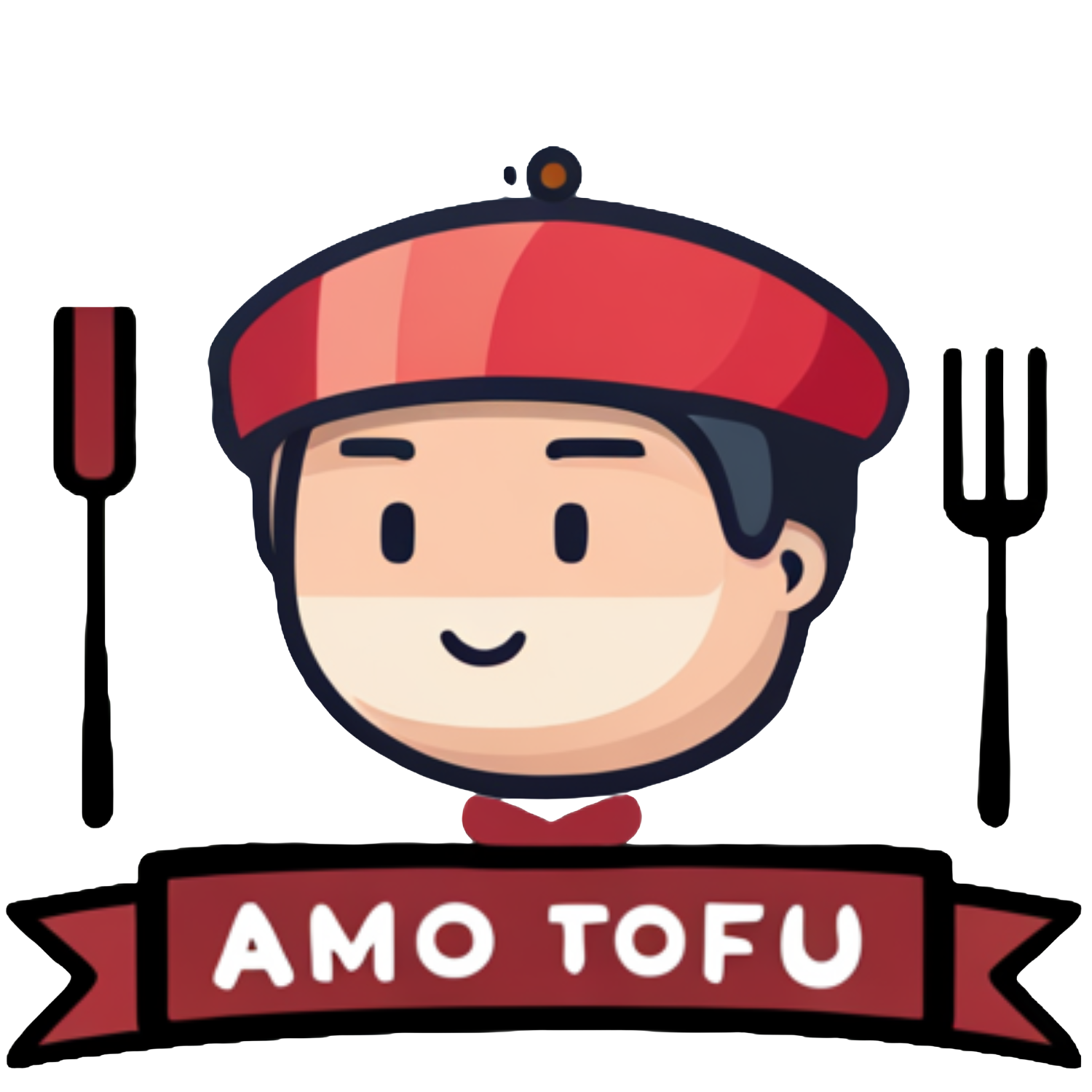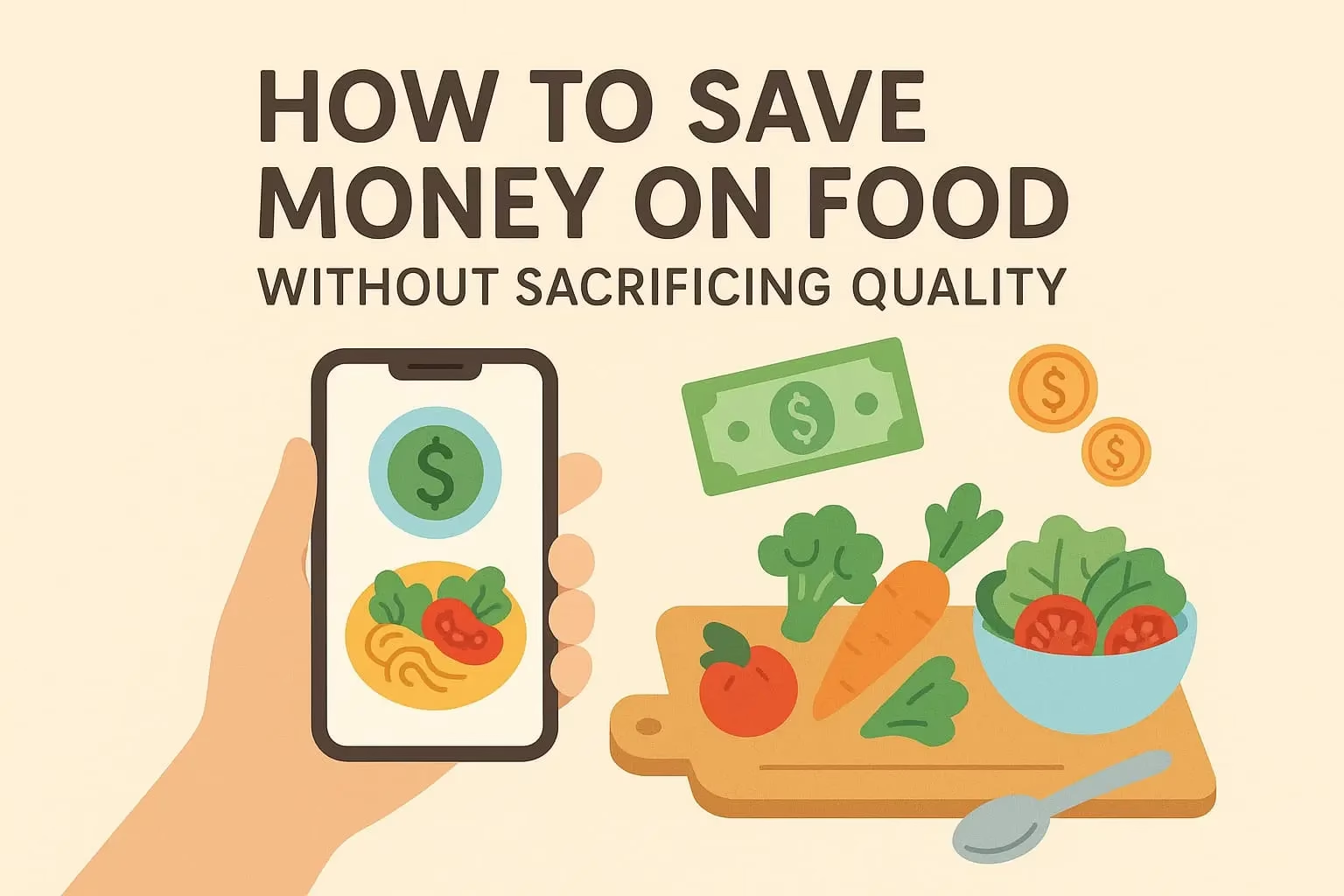Eating plant-based doesn’t have to mean tracking every gram or calculating calories. In fact, the easiest way to stay healthy and satisfied is by learning how to build a well-balanced plate — full of fiber, color, flavor, and nutrients.
This guide will show you how to assemble healthy vegan meals using real food, without the need for complicated math or apps.
What Is a Balanced Plate?
A balanced plate provides:
- Complex carbohydrates for energy
- Plant-based protein to build and repair tissues
- Healthy fats for brain and hormone health
- Vitamins, minerals, and fiber from fruits and vegetables
It helps you stay full, maintain energy, support digestion, and avoid overeating.
The 50-25-25 Formula (No Tracking Needed)
Visualize your plate:
- 🥦 50% Vegetables and Fruits
- 🍚 25% Whole Grains or Starchy Veggies
- 🫘 25% Plant-Based Protein
- 🥑 Plus: A source of healthy fat (in dressing, cooking, or topping)
Let’s break that down.
1. Fill Half Your Plate with Vegetables and Fruits (50%)
These provide fiber, antioxidants, water, and essential nutrients.
Best choices:
- Leafy greens: kale, spinach, arugula
- Colorful veggies: bell peppers, carrots, beets, broccoli
- Fruits: berries, apples, citrus, mango, bananas
Tip:
Roast, sauté, steam, or eat raw — variety is key. The more colors, the better.
2. Add Whole Grains or Starchy Veggies (25%)
Carbs give you sustained energy and are essential in a balanced diet.
Great options:
- Brown rice
- Quinoa
- Whole wheat pasta
- Sweet potatoes
- Oats
- Barley
- Corn or polenta
Avoid over-refined grains — stick to whole versions for better nutrition and fiber.
3. Include Plant-Based Protein (25%)
Protein is essential for muscle repair, hormone health, and staying full.
Best plant sources:
- Lentils
- Chickpeas
- Black beans
- Tofu or tempeh
- Edamame
- Seitan
- Vegan protein-rich grains (quinoa, buckwheat)
You don’t need to overthink it — just include one source in every meal.
4. Don’t Forget Healthy Fats
Fats help your body absorb vitamins (A, D, E, K), support brain function, and regulate hormones.
Add these:
- Avocado
- Nuts and seeds (chia, flax, sunflower, hemp)
- Nut butters
- Tahini
- Olive oil or flax oil in dressings
A spoonful, drizzle, or sprinkle is often enough to get the benefits.
Sample Balanced Vegan Plates
🌮 Mexican Bowl
- Quinoa + black beans
- Grilled corn + bell peppers + greens
- Avocado + salsa
🍛 Curry Plate
- Brown rice
- Lentil and vegetable curry
- Side of steamed greens
- Drizzle of coconut milk
🥗 Salad Bowl
- Mixed greens + chickpeas + roasted sweet potato
- Cucumber, tomatoes, red cabbage
- Tahini-lemon dressing
- Sprinkle of hemp seeds
🍝 Pasta Plate
- Whole wheat pasta
- Tomato + lentil sauce
- Sautéed mushrooms and spinach
- Olive oil + nutritional yeast
How to Build a Balanced Plate Without a Recipe
Use this mix-and-match framework:
| Category | Examples |
|---|---|
| Grain or starch | Rice, oats, quinoa, sweet potato, pasta |
| Protein | Beans, lentils, tofu, tempeh, edamame |
| Veggies | Raw, roasted, steamed, or sautéed |
| Healthy fat | Nuts, seeds, avocado, tahini, oil drizzle |
| Flavor/Extras | Lemon juice, spices, salsa, herbs |
Don’t stress over exact portions. Just aim for variety and color on your plate.
Simple Tips for Success
- 🛒 Grocery shop by categories (grains, proteins, greens, fats)
- 🍲 Meal prep components in bulk: rice, beans, roasted veg
- 🎨 Make your plate colorful — it usually means it’s nutrient-rich
- 🍋 Add a pop of flavor with lemon, vinegar, or spices
- 💧 Drink water with meals, and pause between bites
Final Thought: Eat Real, Eat Whole, Eat Happy
You don’t need to track calories or follow strict rules to eat well. When you build your meals with balance, color, and intention, your body naturally gets what it needs — and you feel fuller, longer.
Let your plate reflect simplicity, nourishment, and joy — one meal at a time.






